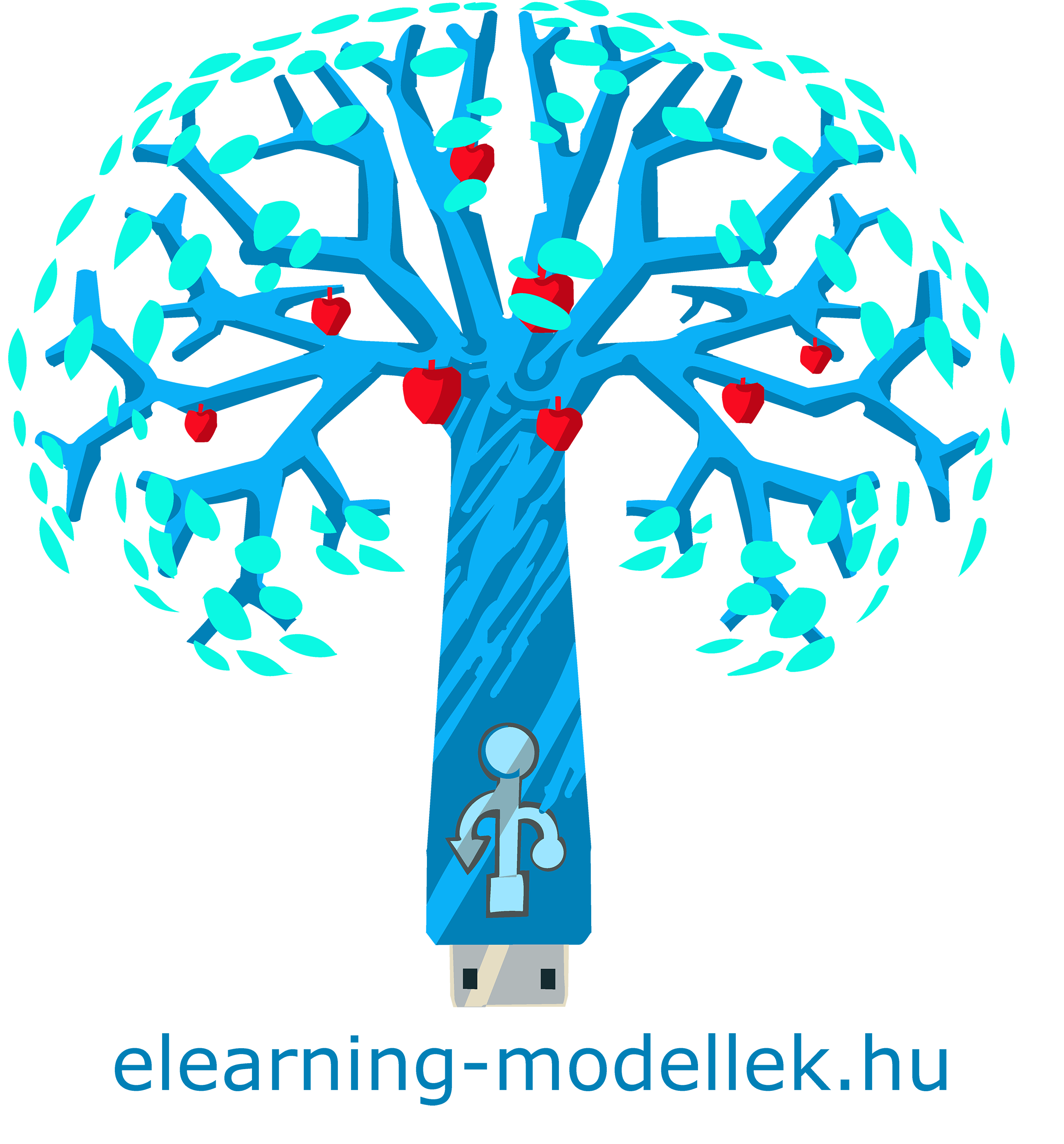Purpose of classification

The elearning-modellek.hu site deals with the classification of e-learning models, e-learning strategies, e-teaching-learning strategies that can be used in higher education. In addition, it systematically collects models, recommendation frameworks, etc. that fall within the scope of quality assurance and e-learning.
Purpose of e-learning strategies and their classification
An e-learning strategy is a higher social, policy, institutional / organizational strategy with integrated e-elements, through which we reach the level of educational activities. Examining the e-learning strategy in a hierarchical order of operations and actions, the level of the e-teaching-learning process is at the bottom.
We need an e-learning strategy to define the purpose of our e-learning program and clearly define how we will ensure that we achieve our goal from our current starting position. Our strategy provides the basis for our coherent and cost-effective e-learning program, which can enable our long-term growth of our e-learning offering. Our strategy ensures rationality, including ROI (Return On Investment) that will justify the budgetary and organizational changes needed to succeed.
“Not only individuals, but also the effective functioning of organizations is significantly affected by what leaders and members of the organization consider important, how they feel about the importance of work in the organization, and how they envision their common future. The strategy addresses the values that determine the long-term lives of individuals and organizations, the goals that can be drawn from them, and the path to achieving them. Every autonomous organization has a strategy, but it does not matter whether it is a latent or written strategy, it is the strategy of the organization or its related vision relates to the personal vision and strategy of the members of the organization” [1].
During the development of the strategy, it is worth customizing / using abstract e-learning strategy models, as well as studying the ones made by others, consulting with the teams developing them. If we are not experts in the field, it is recommended to ask a specialist with experience.
In addition to the goals to be achieved and the steps to be taken to achieve them, the strategy explicitly or implicitly defines the e-learning models that we should use during the design, maintenance and control of our e-learning system. The strategy is more accurate if the e-learning models are defined and tailored to the organization when the strategy is developed [2].
E-learning models and purpose of their classification
The e-learning models are e-developments of learning models, add value to learning models based on technology. Teaching is a complex system even without e-tools, the whole of which (along with its environment) is difficult to model. Since the widespread use of electronic devices in education, we must also integrate them into the work of those involved in teaching and learning in a planned way. A comprehensive systematization method has not yet been developed for all models. Only [3] gives a kind of overview, but this learning guide only names three large groups and notes that there are more ones. The unified, expanding system of the e-learning models which is presented on elearning-modellek.hu, fills the gap.
It is useful to classify different e-learning models to understand each e-learning model; to select one or more that is right for us; to recommend ones to others; to measure their success and effectiveness; to classify a new model among others. Unfortunately, when publishing models, authors usually do not give a classification of their model, although they describe their purpose and the problem they want to solve in various forms, they wire the models that affect them and the practical operation of their model, and illustrate and demonstrate their experiences with case studies.
E-learning models usually focus on only a few dimensions of teaching and learning that also use e-tools, and are made from aspects provided by model builders. The previous grouping solutions have only formed model classes according to certain dimensions and aspects. These classifications are useful for a more in-depth study of these aspects and their models.
Categorizing e-learning models is almost as problematic as defining the term e-learning itself [4]. By classifying e-learning models, I mean that we name or classify e-learning models created or examined focusing on the same aspects. An e-learning model can belong to several classes. Of course, in addition to the proposed large model classes, more can be created, and the classes can be trained differently. Also, new model types and classifications are constantly being created, which are worth placing in a larger system [5].
Purpose of the classification in field of e-learning quality assurance
It is not easy to find a comprehensive and practical Quality Assurance (QA) for e-learning that systematically includes inputs, processes and outputs used in higher education. Large universities, where it is important to be internationally comparable, follow internationally agreed standards, while smaller ones pursue the practice of self-improvement [6].
The different approaches to quality in distance education need to be reviewed primarily because there is currently no generally accepted consensus in the literature on quality assurance and quality management issues. It is varied whether experts swear by standards, recommendations, or multiple criteria systems. The truth in this area is also complex, but the starting point may be to strive to meet the needs of students at the highest possible level, and to make a planned and continuous effort to do so.
The need to strengthen quality research on an interdisciplinary basis, involving the fields of education, public administration and informatics, is becoming more and more important. By discussing the quality issues of e-learning in a multilateral way, a global quality concept can be outlined based on the lessons learned separately [7].
Classification and purpose of e-teaching-learning strategy models
A teaching-learning strategy is a complex system of methods, tools, organizational methods and forms for achieving specific goals, which is based on coherent theoretical foundations, has specific rules and is implemented in a typical learning environment.
It is also necessary to develop an e-teaching-learning strategy at the institutional level, and teaching-learning is also important in the virtual environment. The models already created in the topic can be used effectively for these.
Presentation of the pages

Sources
- M. Szabó: Stratégiai tervezés, TÁMOP-4.1.2 A1 és a TÁMOP-4.1.2 A2 könyvei. Látogatva: 2018.04.10.
- A. Berecz: Oktatási stratégia megvalósítása e-learning modellosztályok segítségével, 24th Multimedia in Education Conference Proceedings, ISBN: 978-615-5036-13-2, publication form: usb pendrive. DOI: 10.26801/MMO.2018.1.024. pp. 15–27.
- Szn.: Theories & Models Used for eLearning, én., p. 9. Virginia Tech, látogatva 2017.05.10.
- A. D. Wilson: „Categorising e-learning”, Journal of Open, Flexible and Distance Learning, 16(1), 2012. pp. 156–165. látogatva 2017.05.10.
- A. Berecz: Proposal for classifying e-learning models, Journal of Applied Multimedia 4./XII./2017. DOI: 10.26648/JAM.2017.4.001. pp. 35-54. HU: Javaslat az e-learning modellek osztályozására. pp. 55-75.
- A. M’hammed: E-Learning Quality Assurance: A Process-Oriented Lifecycle Model, Quality Assurance in Education, 2009.01. pp. 281-295. látogatva 2018.09.01.
- U.-D. Ehlers, L. Goertz, B. Hildebrandt, J. M. Pawlowski: Quality in e-learning Use and dissemination of quality approaches in European e-learning A study by the European Quality Observatory, Cedefop Panorama series; Office for Official Publications of the European Communities, Luxembourg, 2005. látogatva 2008.